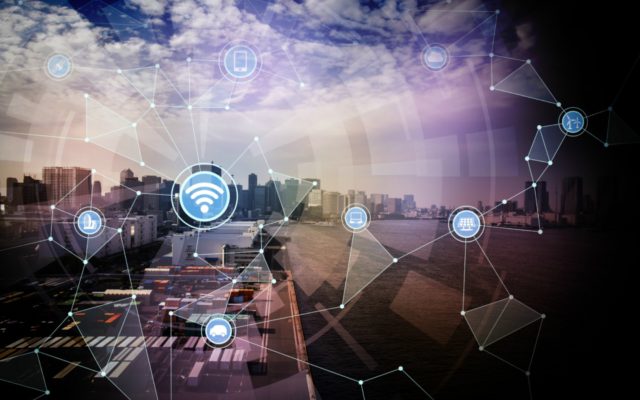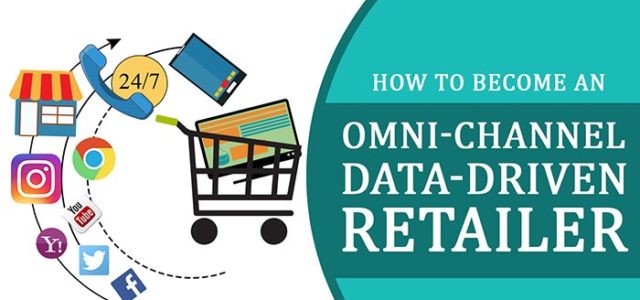GE is 125 years old and its roots are firmly in the industrial world. It isn’t a Google or Microsoft nor is it a disruptor like Uber or Airbnb. How then did the corporation manage to grow a small software incubator based in Silicon Valley into a major player in the Industrial Internet of Things (IIoT)?
Speaking at Cisco’s IoT World Forum in London this week, GE chief human resources officer, Jennifer Waldo, didn’t pretend that it was easy but the presentation served as a masterclass for any organisation embarking on digital transformation.
GE Digital was launched in 2015 and its Predix software has quickly become one of the foundation platforms of the IIoT. From the outset, it had a clear strategy: to make a reality of becoming a digital company, believing that if it could connect lines of machines to its equipment it could drive unprecedented levels in industrial productivity.
Core to its strategy were three prongs: “GE for GE”; “GE for customers”; and “GE for the world”. What it built for itself inside the company would also serve as the first proof point for its customers and help solve some of their biggest problems, which it also shared. Then all this would sit atop the Predix platform, built for the whole world to use.
Waldo, who is also vice president of the non-profit IoT Talent Consortium, explains that the journey began several years before in 2008-09 when the corporation realised that software and analytics were going to form an extremely important part of its evolving business model. It knew it needed strong leadership in place and so appointed Bill Ruh, a software and internet industry veteran who previously had global responsibility for developing advanced services and solutions at Cisco.
A software centre of excellence was established in San Francisco and the company started to hire tech talent which was incubated and then partnered with its biggest services businesses to tackle productivity. It also began re-imagining IT, much of which was outsourced. It pulled the work back in house, hired more talent and appointed chief digital officers for each of its business verticals such as power, healthcare and aviation.
Waldo explained that GE Digital is part digital and part industrial, and added: “and that is the very exciting part and the really hard part”. One of the major challenges was the differing culture of a traditional industrial company compared to a technology one which operated at warp speed. It meant a different mindset not just for attracting talent but rewarding them too. One of its transformational strategies to tackle culture change was to throw out its performance management system and replace it with a more immediate and empowered one which starts with and is driven by the individual who is given feedback from colleagues as opposed to waiting for the annual appraisal.
Ultimately, Waldo said it was about pulling the two cultures together to meet “more in the middle” rather than having the digital talent start from the industrial perspective. Many organisations will be facing the same dilemmas and challenges as GE as they embark on their digital transformation journeys, even if the scale is different.
GE’s story also serves to back up our key messages at Rialto on this subject: digital transformation requires a clearly defined and well understood strategy; strong and highly capable leadership; and mindset and culture change. As GE has shown, with these three foundational building blocks in place, you really can build the future.
Article by channel:
Everything you need to know about Digital Transformation
The best articles, news and events direct to your inbox
Read more articles tagged: Change & Transformation, Collaboration, Culture, Featured







